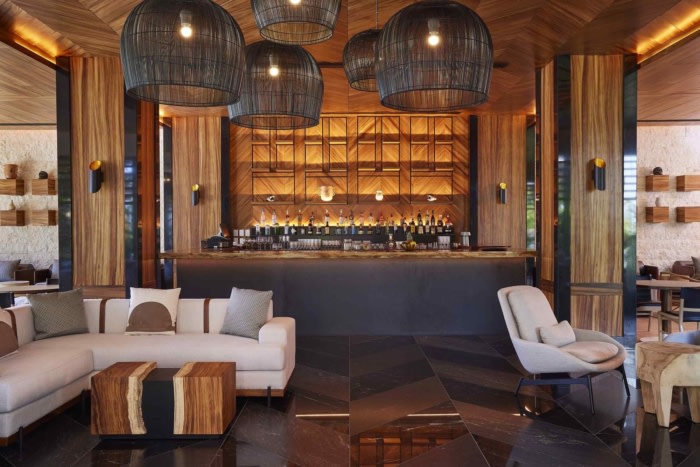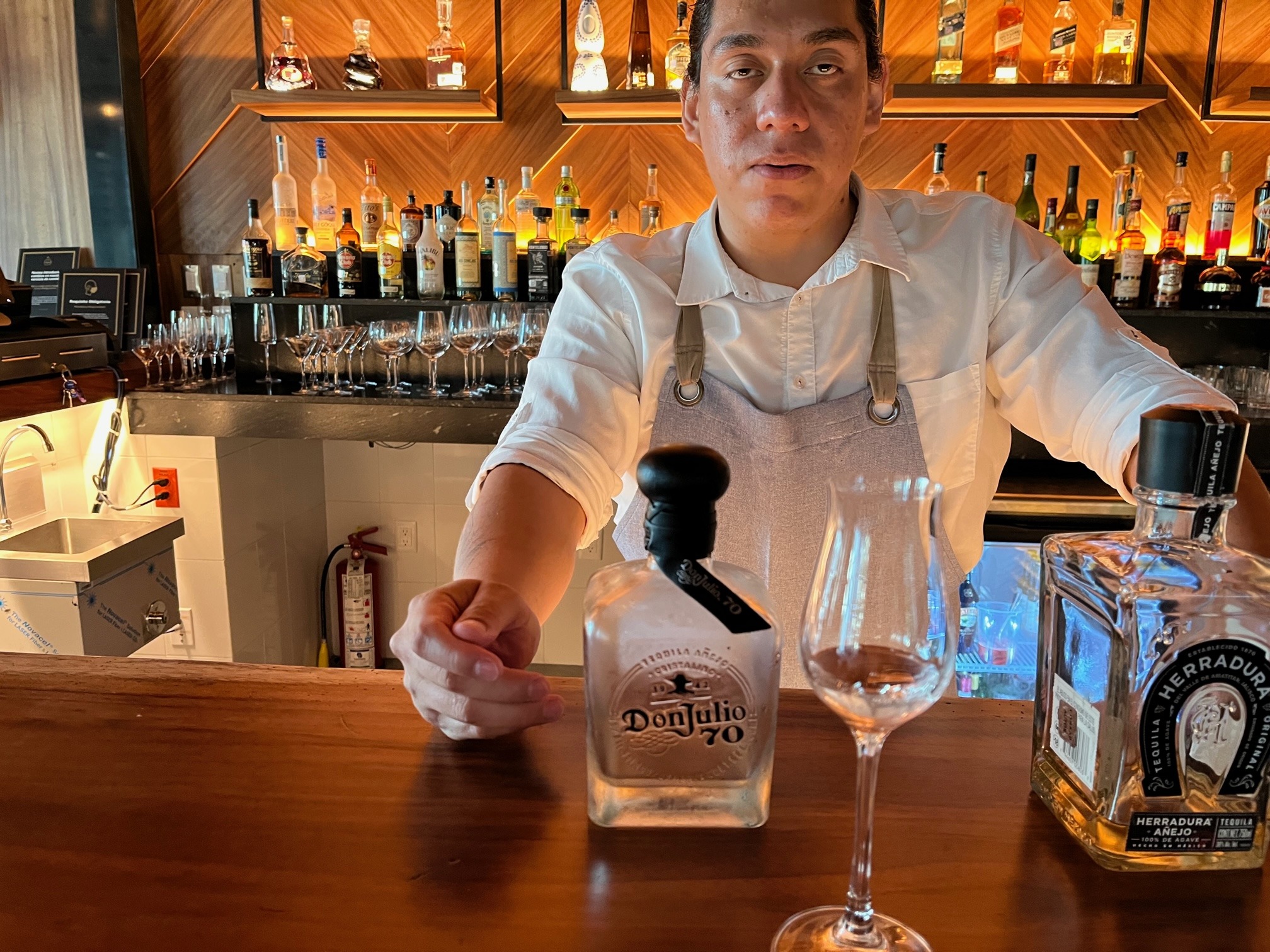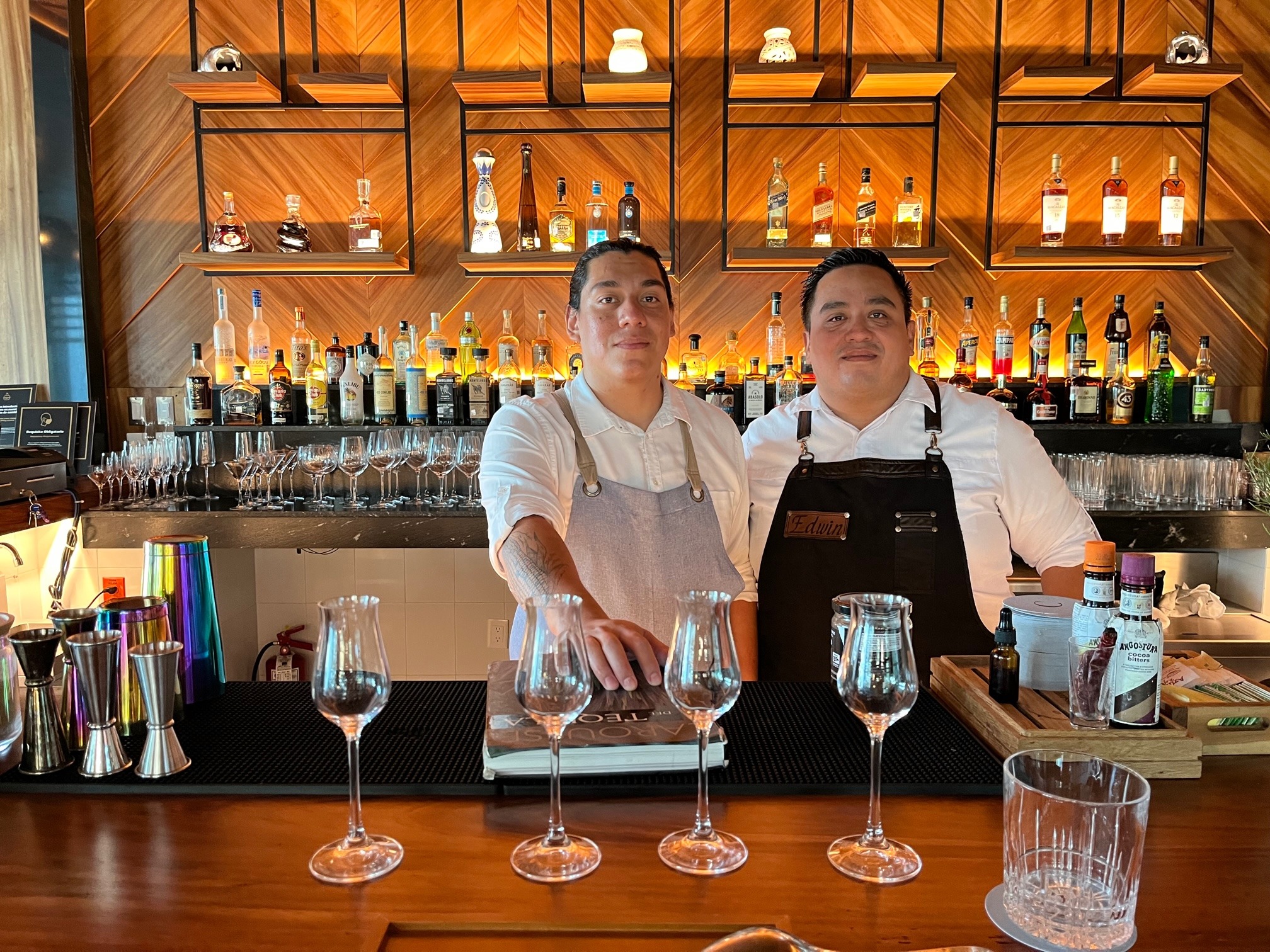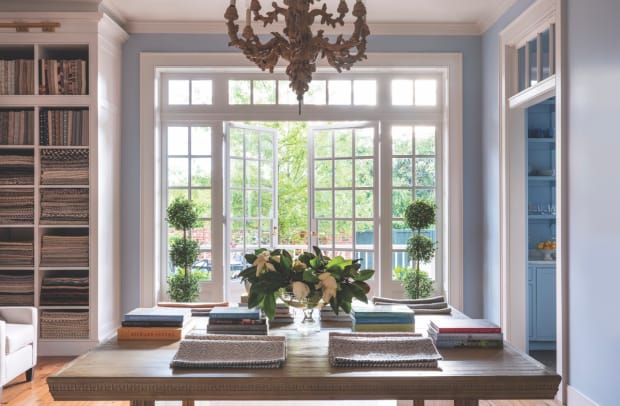During a two-day stay as a guest of the Conrad Tulum Riviera Maya, I was fortunate enough to enjoy a 45-minute Agave Tasting at the Chaak bar, with Josue, the bartender. More tutorial than tasting, it was an educational experience that A+A is pleased to share here:
Your background?
I started when I was 18 years old working in the kitchen, for 3 years I was in the kitchen and then I moved to a bar specializing in whiskeys where I worked for 1 year and a half, there I learned about classic cocktails and whiskeys. Then I had the opportunity to move to a restaurant in Palmas, Casa Franca Jazz club for 1 year, as a bar manager and perfecting my specialty in classic cocktails of the 40’s and 60’s. From there, to another jazz bar until the pandemic closed this bar. In the middle of the pandemic I started working in another jazz club, 1 y medio. In Mexico City I had the opportunity to be part of the Conrad Tulum team where I specialized in Mexican distillates, such as tequila and mezcal, and I am currently sharing my learning with clients and guests.
A brief history of Agave?
It began to be used from the year 1000. It was used to make fabrics or clothing; it was used as a means of communication with the gods.
How does it differ from mezcal?
The processes: The cooking, since the mezcal is cooked with hot stones under the ground and wood, that’s why it has smoky notes. And the tequila, it is the same mezcal oven that gives it the smoky note, the masonry oven and the auto enclave which is a giant pressure cooker. Mezcal can be made with 33 types of agave and tequila with only 1 type of agave, which is the blue agave tequilana wever. Mezcal is produced in 8 states of the Mexican Republic.
How and where is the plant grown?
In Mexico, in Jalisco, Nayarit and Guanajuato. It grows in the highlands, in the valleys of Jalisco (mineral) and in the Altos of Jalisco (herbal).
The harvesting process?
The jima, or harvest, it is done by a jimador. The agave is lifted with a sharp shovel (jima), the stalks and the quiote are cleaned, it remains as a pineapple, it is called the heart of the maguey.
The distilling process?
Once the pineapple is ready, it is cooked in an autoclave oven for 10 hours to 2 days. Then it goes to the maceration process, which is to destroy the fibers and extract the agave syrup and this syrup goes to cylinders with water and the same cirote and begins the fermentation process. The fermentation process lasts a week, when the agave patch is ready, the alembic is a pot with a cone on the top that has two outlets, one for the alcohol and one for the water. By law, it is distilled twice (purification and rectification) and then filtered and tequila is obtained.
The price range for different tequilas?
Depending on style and brand, from $250 MXN to $40,000 MXN.
What were the pairings that you shared with me?
White tequilas: Casa Amigos and paired with passion fruit sorbet. Reposado tequila, Don Julio brand, paired with adobo-flavored chapulines. Tequila añejado, Herradura brand, paired with dark chocolate. Tequila cristalino, Don Julio 70 brand and the pairing was strawberry jam with kiwi.
For more, go here.






